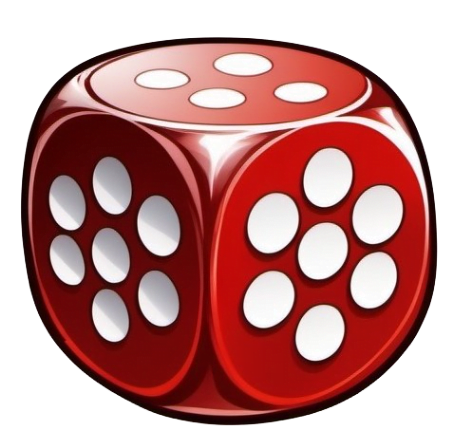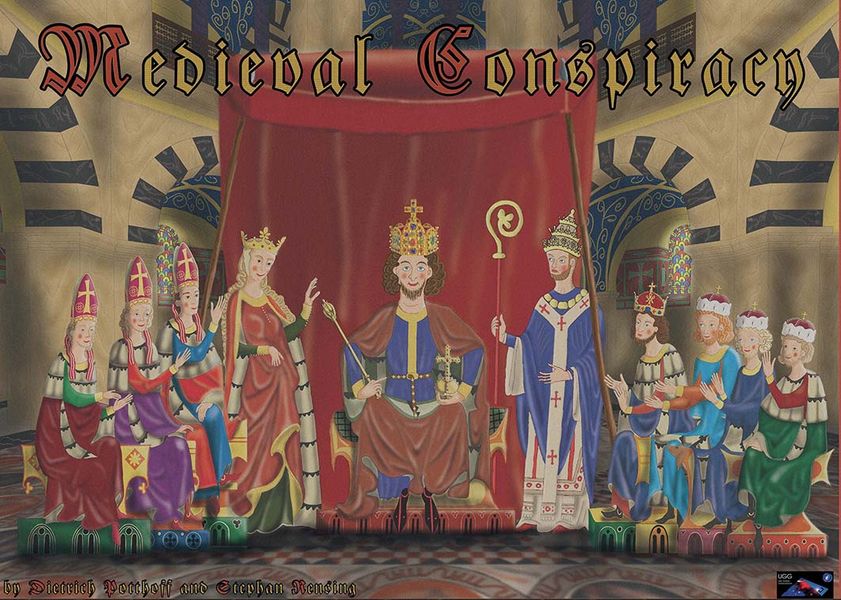Medieval Conspiracy (2015) Board Game
Medieval Conspiracy is a board game released in 2015 that transports players to the intrigue-filled world of medieval politics. Designed by Dirk Blech and Dietrich Potthoff, this game challenges players to navigate the treacherous waters of political maneuvering, negotiation, and battle in order to come out on top as the ultimate ruler.
Game Components of Medieval Conspiracy
How To Setup Medieval Conspiracy
Setting up Medieval Conspiracy involves several steps. Each player starts with a number of fiefdoms chosen randomly and an ecclesiastical fiefdom chosen by the player. Players record their income production, secretly deploy 2 mercenaries and one knight on their fiefdoms, and distribute four family markers on ecclesiastical and secular education. Each player also receives 100 ducats and 2 random Action cards. The game map is divided into various territories, and the Event cards are prepared for the bidding phase.
Gameplay Mechanics and Game Objective
Player Experience
Medieval Conspiracy offers a dense and engaging experience, characterized by heavy player interaction and strategic depth. Players must navigate the complexities of bidding for Event cards, managing their resources, and influencing the electoral princes. The game is marked by its auction theme, where players bid for permissions and opportunities, adding a layer of unpredictability and social maneuvering. Each turn is divided into six phases: Income, Event Cards, Fate, Movement, Action Cards, and Turn End, ensuring a dynamic and challenging gameplay experience.
Pros
Cons
Personal Thoughts on Medieval Conspiracy
Medieval Conspiracy is ideal for fans of strategic and interactive board games who appreciate historical themes. It is best suited for players who enjoy complex gameplay, social maneuvering, and the challenge of building influence and power. While it may not be the best fit for casual gamers due to its length and complexity, it offers a rich and rewarding experience for those willing to invest the time and effort. If you enjoy games like Fief but are looking for a more streamlined mechanics-driven experience, Medieval Conspiracy is definitely worth exploring.
We are supported by our audience. When you purchase through links on our site, we may earn an affiliate commission, at no extra cost for you. Learn more.

